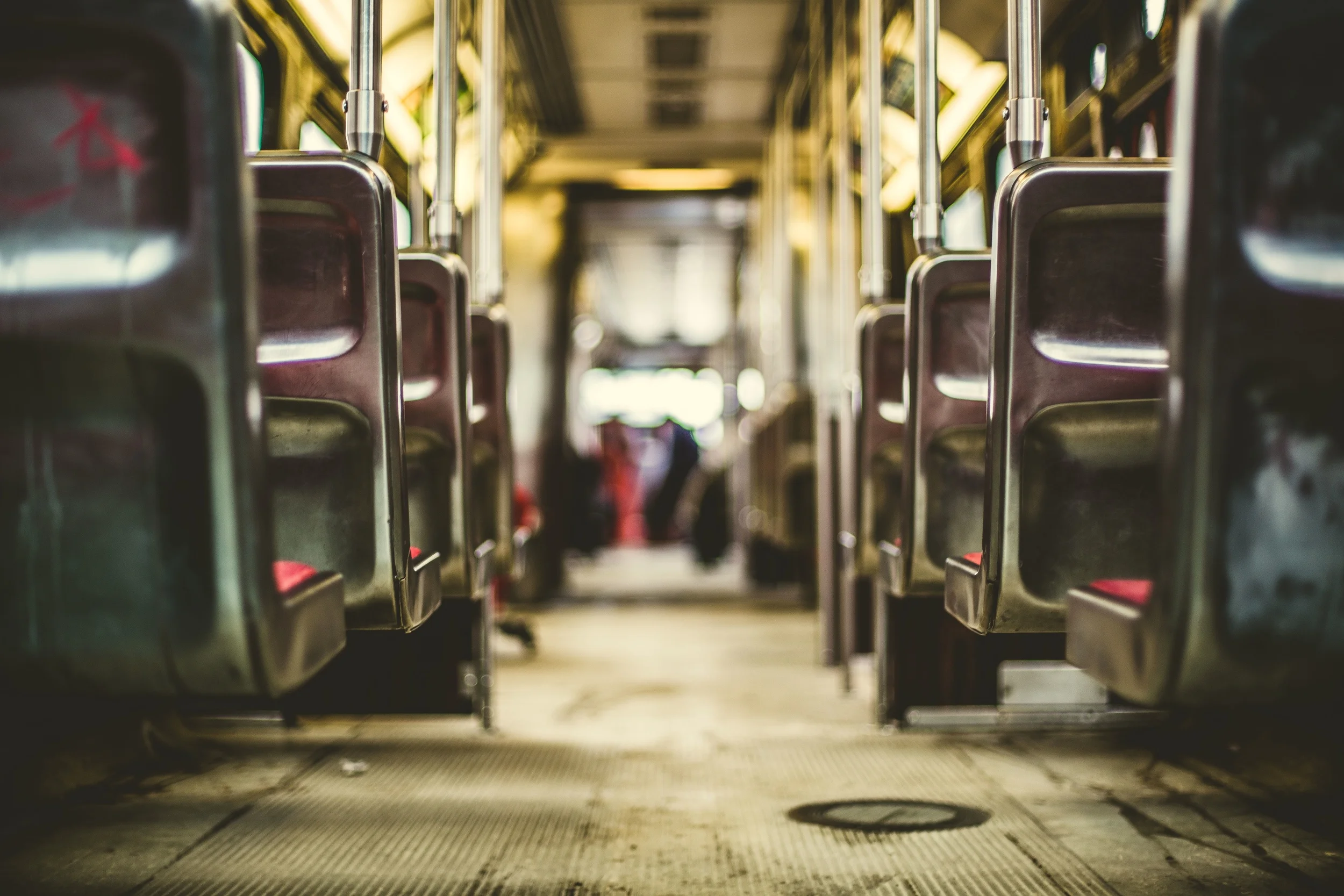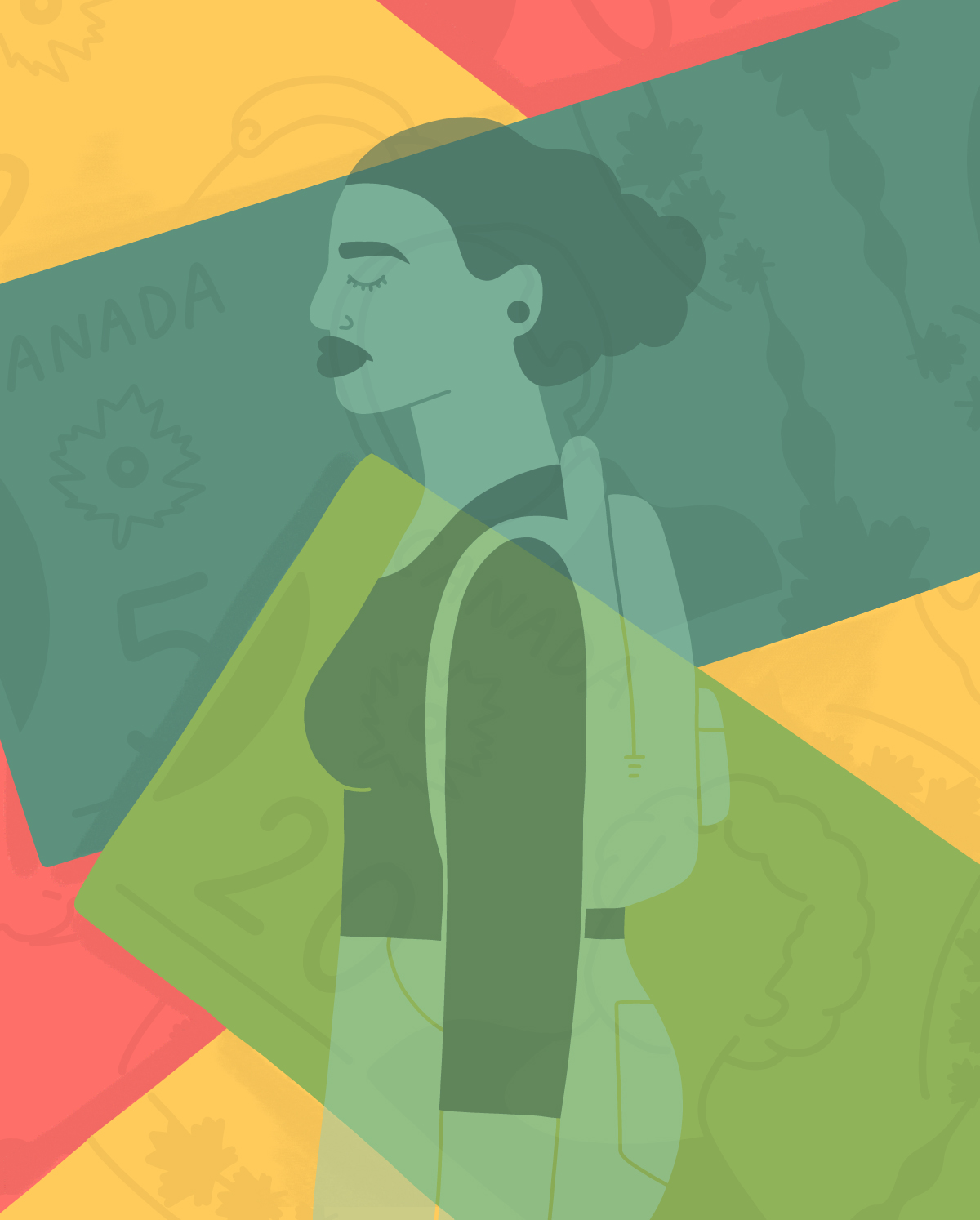Downtown vs. Suburbs: Yes, It's An Ethnic Thing
/By Denise Balkissoon
When people talk about the Great Downtown/Suburb Divide, they are also talking about ethnicity.
Don’t agree? Educate yourself on the GTA’s demographics with this extremely handy page from the blog Pundit’s Guide, which cross references long-census data with federal political ridings.
Scarborough Rouge-River (where I grew up) has the highest non-white population in all of Canada. The GTA riding with the highest population of Chinese people is Scarborough-Agincourt. South Asians are most numerous in Brampton-Gore-Malton. Those who checked “Black” and “Latin American” on the census are most populous in York South-Weston, in central Etobicoke*, while Southeast Asians are abundant in York West, a bit north. The largest congregation of Filipinos is in Scarborough Centre, while Arabs prefer Mississauga-Erindale, and West Asians and Koreans represent Willowdale.
The only “visible minority” (ugh, hate that term) group counted by the Canadian census which has more members in downtown Toronto than in the ‘burbs are the Japanese. Toronto Centre is their most populous GTA riding—it’s 19 on the list, after 18 areas in British Columbia and Alberta.
The Suburbs vs. Downtown conversation is also about income, since it’s long been known that the outer 416 has a higher concentration of poverty than downtown. In this city at this time, class always has an ethnic angle.
After last fall’s municipal election, when downtowners stung by Rob Ford’s ascendance were circling their wagons, they seemed to take comfort by trashing the stereotypical suburbanite: a gas-guzzling art-hater laughing it up in a big backyard. Ford notwithstanding, that’s not necessarily who an outer 416 suburbanite is. But it’s definitely confusing that the people with the most to lose from service-cutting governments like that led by Rob Ford—poor people of colour—seem to have voted for him.
“The Fords misled people to thinking there was gravy,” says Avvy Go, a member of Colour of Poverty, a four-year-old campaign to educated Ontarians about the racialization of poverty in the province. Last fall, Colour of Poverty gave each mayoral candidate a grade on their “race report card,” noting the candidates’ history and their stances on transit, housing and employment equity. Rob Ford got an F.
“Yes, people in the suburbs voted for a government that would cut services that they need,” says Go, who recommends that we all read The Trouble With Billionaires. “Some politicians are very skilled in dumbing down, picking an overly simplistic portrayal of the problem.” When $60 equals a week of groceries for your family, cutting the vehicle registration tax seems like a good idea. Ford is to blame, and voters are to blame, but also to blame are the mayor’s losing opponents, who obviously did not do a very good job explaining their own platforms, or picking his apart. And really, there are downtowners that drive and suburbanites that always loathed Ford. More than anything, the Harris Tories divide-and-conquer amalgamation plan is still succeeding, over a decade later.
The role of ethnicity, income and the 416/905 divide is a hot topic among politicos. Suburban Dream-type suburbanites are living in the 905, and they, too, are largely non-white (white people who want a slice of backyard are apparently skipping over the 905 in favour of exurban paradises). The erosion of ironclad Liberal support among immigrant groups is making it easier for both the Conservatives and the Ontario PCs to live without winning votes in Toronto, and to win those 905 votes, they’re playing the race card without shame. Brampton has the highest income of all of the GTA cities, and politicians are falling over themselves kissing brown ass out there.
This week, we’re talking race, ethnicity, 416 and 905 on the Ethnic Aisle. I don’t know exactly what it means, but I know that it matters.
*Thanks to Rob Salerno and Dave Scrivener for the fact check here. York isn't Etobicoke. I don't consider it downtown...I guess we should discuss the role of "midtown" in all of this.








